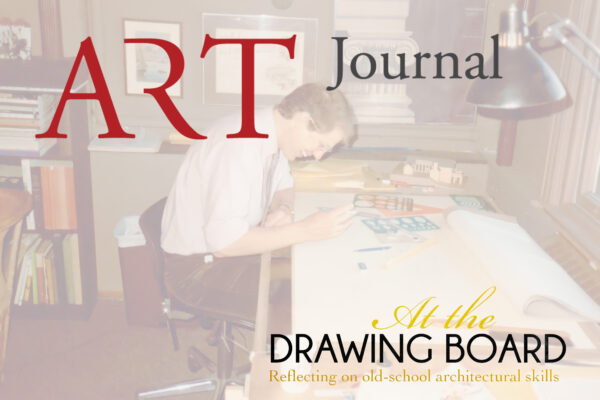More Related Items

Journal
At the Drawing Board:
Reflecting on old-school architectural skills.
Drawings are an indispensable tool in designing buildings. For historians or for anyone interested in architecture, architects’ drawings offer insights into…
Read More